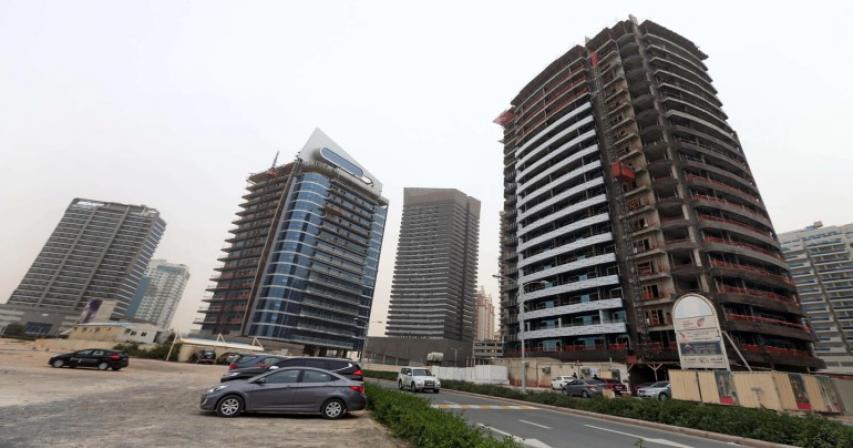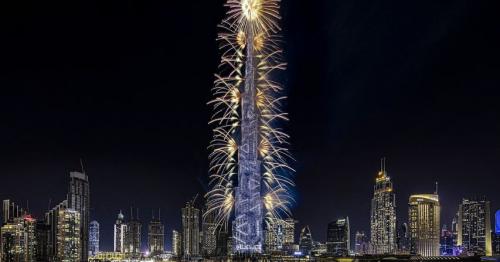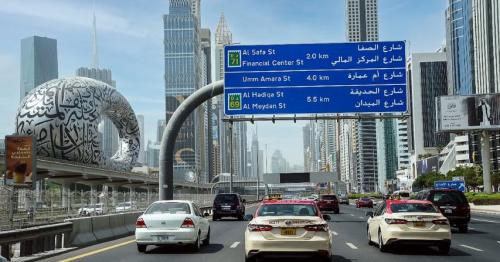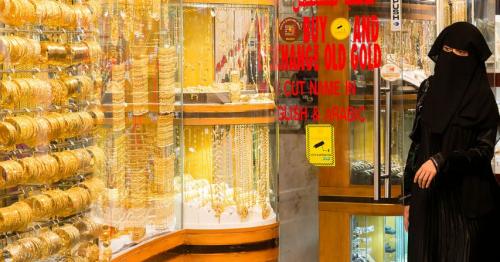Why Dubai tenants who moved to other emirates are set to return in 2025

Dubai's 2nd-tier communities where the biggest launches are occurring in 2025 are bound to receive a throng of residents from other emirates.
The commuters from the surrounding emirates will migrate to Dubai in various ways — heavy traffic means more commuters on roads, rentals in Sharjah, Ajman and Abu Dhabi are going up.
"Delivery is slightly higher than normal in Dubai in 2025, in the tier-2 like Jumeirah Village Circle (JVC), Arjan, Jumeirah Village Triangle (JVT), Sports City and Motor City etc. This will pull most people of other emirates to Dubai since there will be plenty of new inventory. "They don’t have to come and go between the emirates because they will be getting many more properties in Dubai at extremely reasonable prices," Fawaz Sous, CEO of Octa Properties said.
"I think it’s going to be other emirates to Dubai because the amount they’re currently paying in other emirates, it’s going to be almost the same amount in Dubai because they have higher number of new units arriving. Rents, I don’t think they’re going to panic as much in the second layer," Sous said.
Because traffic is heavy with the population on the rise, it takes drivers three to four hours a day to drive between Dubai and other emirates such as Sharjah and Ajman in the weekdays. But higher rents in neighbouring emirates are not helping people out and those working in Dubai are turning back for reduced traffic time. Furthermore, the people who went to the Northern Emirates also end up returning to Dubai with higher rents.
A studio, Asteco’s data shows in the third quarter of 2024, is Dh20,000 per year in International City, Dh18,000 in Sharjah’s high-end neighbourhoods bordering Dubai, and Dh17,000 in Ajman. This has a marginal rent disparity based on the cost of fuel and how much time people are spending on the roads.
While more new construction is coming in 2025, prices and rents in these locations are projected to decrease next year in the nooks and crannies.
More than 40,700 will be sold this year, Asteco reports. By 2025, according to industry observers, around 120,000 units are in construction.
Transition from Old to New Dubai
But it is not unique and will not be limited to next year either, said he as the transition from old Dubai to new Dubai takes place regularly.
"You’re always going from very old Dubai communities into newer communities of the emirate. This is the normal trend.”
Dubai native Fawaz Sous previously worked with UAE’s top real estate developers Emaar and Damac before starting his own business that has already sold Dh4.4 billion this year. Octa Properties has also formed two new organizations as it ramps up. After working on a couple of projects together, the company will release their first standalone project in due course.
Traditional drivers to lead
Safety and security, capital appreciation, rental returns and lifestyle will continue to be the traditional driving factors of Dubai’s real estate in 2025, says Sous.
Dubai’s infrastructure, he pointed out, is one of the main reasons, because the emirate had not fully stopped building infrastructure even after the financial crisis of 2008-09, and during the pandemic.
"Dubai has built infrastructure from day one despite low prices because that’s a very smart thing to do. Not only roads and bridges, but legal infrastructure too, whose infra is similarly very open. "No one in the world has to visit Dubai to sell and buy," he continued.
"I don’t see properties being priced less in exclusive locations and they will keep getting bought. If a new resident comes to Dubai, he always wants to live in the heart of the town, in a prime spot".
No overheating
Octa Properties CEO is upbeat with the market here, but cautious since real estate is cyclical. Following a nosedive in 2008-9, the Dubai real estate market saw its highest price ever in 2014. In the pandemic year again prices dipped, but then began to rise again in 2021, and then the trend was back in 2024.
"Deals in Dubai peaked at the tail end of 2014. We are now probably 15 per cent up from that high. So long as the price is tame, I think the market is alright. What I can only say to myself is that while the market is 15-20 per cent higher than in 2014, the amount of it and the number of transactions has trebled from 2014.
If you have four times as many transactions, and the price jumps 20 per cent over its highest level, that’s a good sign. And that is not something the market needs to be afraid of. If it’s the same transactions that happened in 2014, and if prices rose 20 per cent on the peak, then that’s a red flag," Sous told me.






Comments